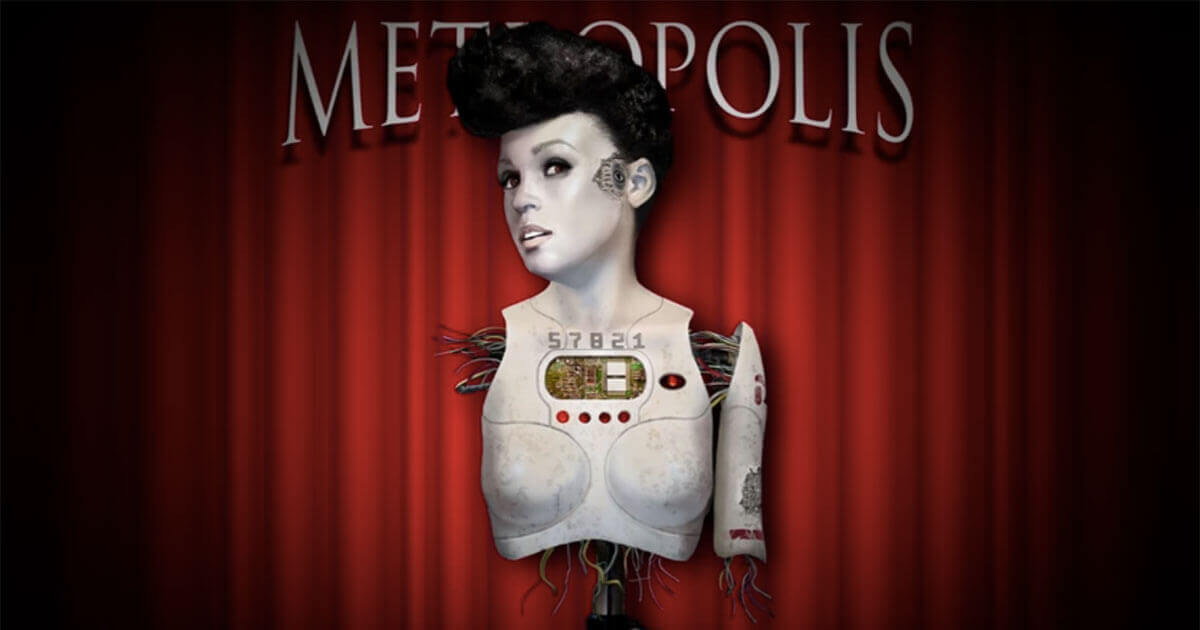6 Inclusive Sex Tech Definitions That Can Help Bust the Blackness Gap
Let’s get on the same page when it comes to discussing diversity.

A couple weeks ago, I shared this article with you about the blackness gap in sex tech. In an effort to move the sex tech community a more diversity and safe space for everyone, I now bring to you some commonly used terms and definitions when discussing inclusivity.
Blackness gap
There are many variations of this phrase. However, each definition addresses the fact that there’s a glaring difference in areas like sex tech—as well as in wealth and socioeconomic status, education, employment, and overall quality of life—between the black experience and those of our white counterparts.
This spectrum of privilege and lack gives us all an opportunity to learn and strategize ways to bridge these divisions to create a more equitable and enjoyable sexual playing field for us all.
Afrofuturism
Wikipedia defines “Afrofuturism” as a cultural aesthetic, as well as a philosophy of science and of history that explores the intersection of the African Diaspora with technology. I like to think of Afrofuturism as a movement with a rich history built on the creativity and innovations from the great black thought leaders and artists including Alondra Nelson, Octavia Butler, and Samuel R. Delany.
They are responsible for manifesting and shaping pop culture phenomenons like Black Panther, Parliament Funkadelic, AFROPUNK, and the work of Janelle Monae to name a few. Afrofuturism is particularly important as its very nature forces us all to push beyond the heterogenized black identities we’ve become accustomed to and instead imagine and create spaces where black and other marginalized communities are able to thrive, and in this context, experience liberated sex and pleasure.
Intersectionality
This term was coined by the prolific scholar and co-founder of the African American Policy Forum, Kimberlé Crenshaw. Intersectionality was introduced as a way to bring visibility to the routine exclusion of black and other women of color from white-led feminist movements
It has helped address the ways social justice advocates can conceptualize inclusive movements that view all oppressions as linked and subjugated by a common threat; that all of us who are oppressed (and simultaneously privileged) based on our race, gender identity, class, sexual orientation, disability status, documentation status, etc., can find unity in our struggles against a common oppressive system. Intersectional sex technologies incorporate the experiences and perspectives of all and especially marginalized identities.
Kyriarchy
Introduced by Elisabeth Schüssler Fiorenza and taking a page from the framework of intersectionality listed above, social justice advocates now go beyond the limits of the patriarchy and look to the kyriarchy as a more encompassing concept to address the complex and multiplicative social structure of privilege and oppressions that we all collectively experience in a myriad of ways.
Vendors, advertisers, editors, and developers of sex technologies would do well to consider the kyriarchy when creating products and services for their audiences: how can we grow inclusivity? How do we utilize and reclaim oppressive influences to fulfill our sexual desires>
Misogynoir
Unfortunately, misogynoir can be seen frequently in some sex tech spaces and especially in pornography featuring black women. Simply put, misogynoir flows from the definition of misogyny to more specifically describe the hatred of and prejudice toward black women and the ways in which they manifest.
While we see many kinds of representations of white women in sex tech, we can see examples of misogynoir in the fetishization of black women as sexual playthings for white men or “ebony” sex categories only, or the exoticization of black women’s bodies reduced to sought after parts (big buttocks, big lips).
We can truly revolutionize sex tech if we keep an eye to avoid misogynoiristic practices by extending representation past black women with big butts and straightened hair, but also to women with natural hair, no hair, various body types and features, and that identify with a panoply of sexual orientations. We can make a great first step in this process by having more black women at the concept stage, too.
White fragility
This term is also known as white sensitivity and was recently added to the Oxford dictionary, which speaks volumes about the progress of activists’ hard work to bring issues of racism and oppression to the forefront of our conversations on society and culture.
White fragility describes the defensiveness and anger that many white folks exhibit when discussing issues of white privilege and racism. This is a preferred term among many racial justice advocates and eliminates the inherent bias and lack of accountability in the term “White supremacy.”
As mentioned in my previous article, if we are to build truly liberated and inclusive spaces for sexual exploration, we need sex tech developers and companies to acknowledge white fragility and actively make room for sexual expression and the consumption of sex tech products by people of color.
Image sources: Polyphonic
Leave a reply
You must be logged in to post a comment.

















